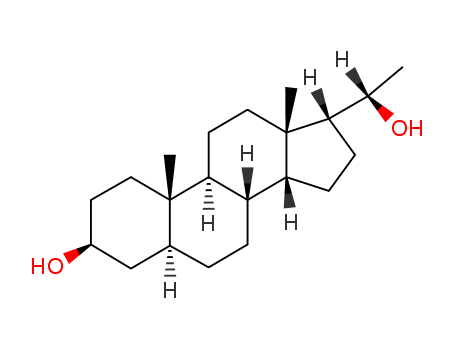10.1002/adsc.201200065
The research focuses on the development of an electrochemically initiated tandem and sequential conjugate addition process for the one-pot synthesis of diverse functionalized isoindolinones, which are important building blocks in biological and medicinal chemistry. The study explores the use of electrochemical activation as an alternative to traditional base-catalyzed methods, aiming to improve sustainability and atom economy by reducing waste production. The experiments involve the electroreductive catalysis of 1,3-dicarbonyl compounds with 2-CNC6H4CHO to form 3-isoindolinones containing quaternary carbon centers. The process is carried out under mild conditions and short reaction times using galvanostatic electrolysis in a divided cell. The effectiveness of the electrochemical route is compared to conventional chemical methods, showing advantages such as lower catalyst loading and shorter reaction times. The substrate scope is explored with a series of symmetrical and unsymmetrical 1,3-dicarbonyl compounds, and the products are analyzed for yield, chemo- and regioselectivity. The study also investigates the potential for a one-pot procedure combining the electrochemically initiated processes with Michael acceptors to form isoindolinone derivatives with quaternary carbon centers. The analyses used include chromatographic purification and 1H NMR spectroscopy to determine the diastereoisomeric ratios of the products.




